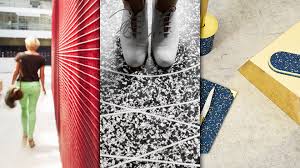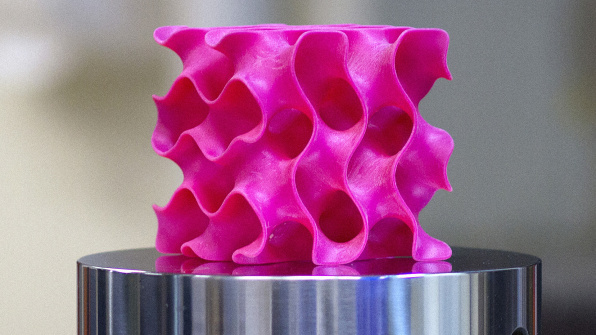
Breaking News
 Battleborn Batteries Responds! Their Overheating Device is a "Feature" not a "Problem
Battleborn Batteries Responds! Their Overheating Device is a "Feature" not a "Problem
 Actor Liam Neeson Outs Himself as MAHA After Narrating Pro-RFK Jr. Documentary Slamming...
Actor Liam Neeson Outs Himself as MAHA After Narrating Pro-RFK Jr. Documentary Slamming...
 Kyle Rittenhouse announced on social media Wednesday that he has tied the knot.
Kyle Rittenhouse announced on social media Wednesday that he has tied the knot.
 JUST IN: President Trump Grants Tina Peters Pardon
JUST IN: President Trump Grants Tina Peters Pardon
Top Tech News
 Build a Greenhouse HEATER that Lasts 10-15 DAYS!
Build a Greenhouse HEATER that Lasts 10-15 DAYS!
 Look at the genius idea he came up with using this tank that nobody wanted
Look at the genius idea he came up with using this tank that nobody wanted
 Latest Comet 3I Atlas Anomolies Like the Impossible 600,000 Mile Long Sunward Tail
Latest Comet 3I Atlas Anomolies Like the Impossible 600,000 Mile Long Sunward Tail
 Tesla Just Opened Its Biggest Supercharger Station Ever--And It's Powered By Solar And Batteries
Tesla Just Opened Its Biggest Supercharger Station Ever--And It's Powered By Solar And Batteries
 Your body already knows how to regrow limbs. We just haven't figured out how to turn it on yet.
Your body already knows how to regrow limbs. We just haven't figured out how to turn it on yet.
 We've wiretapped the gut-brain hotline to decode signals driving disease
We've wiretapped the gut-brain hotline to decode signals driving disease
 3D-printable concrete alternative hardens in three days, not four weeks
3D-printable concrete alternative hardens in three days, not four weeks
 Could satellite-beaming planes and airships make SpaceX's Starlink obsolete?
Could satellite-beaming planes and airships make SpaceX's Starlink obsolete?
The 6 Coolest Material Breakthroughs Of 2017

Materials are a designer's paint and canvas–and for the most part, they've remained pretty static in recent decades. But over the past few years, and in 2017 in particular, we saw new advances in material science that gave creators plenty of exciting toys to play with, from brand new colors and types of inks to new ways of reusing older materials. Here are six of the most innovative.
Super Black Paint From Car Exhaust
MIT Media Lab alum Anirudh Sharma invented a device that attaches to the exhaust pipe of vehicles to capture soot before it reaches the air. That's great for the environment–but it turns out it's also good for artists. Sharma and his colleagues found a way to transform this soot into black paint, and after years of research they released a series of inks, pens, and artist paints made of the material this year. Each pen's ink contains about 45 minutes of car exhaust–air pollution that was prevented from reaching people's lungs and can instead be turned into art.

[Photo: Aectual]
The First 3D-Printed Floor
The Dutch company Aectual uses giant 3D-printing robots to lay down a super-durable recycled bio-plastic material across huge surfaces. Once a design is created, the cracks are filled in with terrazzo, a mix of recycled chips and a binding material. In 2017, it created custom floors for the clothing company Loft's flagship store in Tokyo, and then moved on to the floors for the Schiphol Airport in Amsterdam.

[Photo: Melanie Gonick/Mit]
The Perfect Material For Building In Space
Graphene–a two-dimensional form of carbon–has long been considered a miracle material because it's so strong. This year, scientists at MIT found a way to turn this ultra-thin material into three-dimensional structures that are 10 times stronger than steel and only 5% as dense. The breakthrough material takes scientists one step closer to the sci-fi dream of building a space elevator. And in the meantime, it can also help reduce the amount of steel needed in infrastructure back on Earth.

 First totally synthetic human brain model has been realized
First totally synthetic human brain model has been realized Mach-23 potato gun to shoot satellites into space
Mach-23 potato gun to shoot satellites into space

